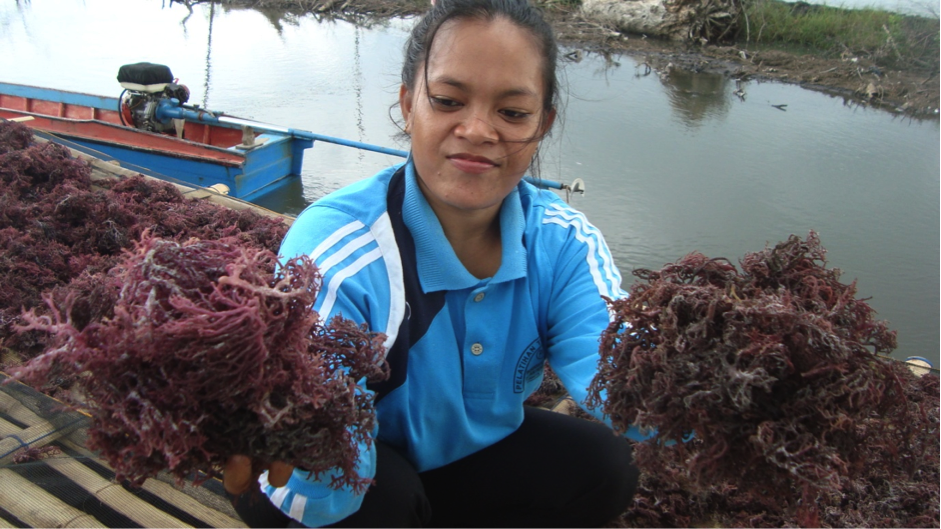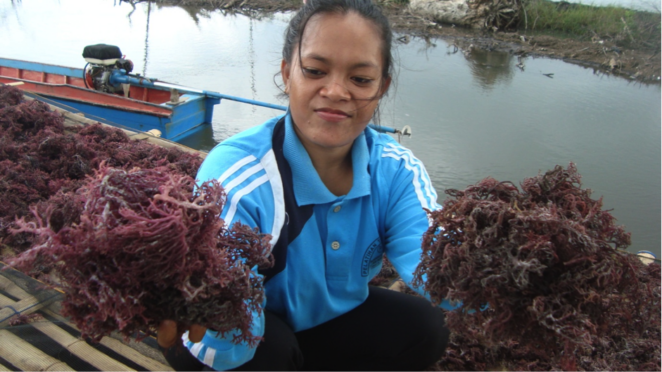Building coastal resilience to reduce climate change impact in Benteng, South Sulawesi


Source: CARE International Indonesia
Summary of Adaptation Challenge
Benteng is a coastal village located in Pitumpanua sub-district as part of Wajo district in South Sulawesi. Agriculture and fishing serve as main livelihood for the community. Increasing extreme weather events like prolonged drought combined with a shorter more intense rainy period lead to crop failure and flooding of infrastructures. Strong winds and tidal waves hamper the fisherman from going out with their boats. The weather effects are even more severe in cases where the coastal ecosystem has been damaged through conversion of mangrove forest to ponds.
Methodology
CARE project staff and governmental and community representatives conducted a “Climate Vulnerability and Capacity Analysis” to gain information on climate change impact on livelihoods and existing adaptation strategies in target communities. Additionally CARE facilitated a “Village Vision Mapping” process in which the stakeholders identified the current situation in the village, developed an ideal state of their village and strategies to achieve these ideal conditions. Based on these findings, adaptation projects with communities and local government were designed. A feasibility study is conducted to ensure that interventions are climate smart. Local government is additional trained in budgeting to be able to integrate best adaptation practices into development plans. Experiences are shared among Indonesian and Thai stakeholders and CARE staff to increase knowledge.
Adaptation options
In response to the unpredictable weather and shifting of seasonal patterns, the coastal community decided to improve seaweed cultivation as a climate resilient livelihood alternative:
- Development of a seasonal calendar and improving access to weather data from the Indonesian Agency for Metrological, Climatological and Geophysics to determine the best time for planting
- Training of seaweed farmers in improved cultivation (use of bigger seedlings increased distance between seedlings and monitoring methods)
- Improvement of post-harvest treatment (drying on racks)
- Involving women in seaweed binding
Key messages
Communities have already started to adapt to the changing environment. The existing approaches, which were in line with the developing strategies of local and provincial government, were further improved with support from technical experts. The best practices are integrated into development plans and implemented by the local government in the future.
Lessons learnt
The involvement of a broad range of stakeholders from different community members, governmental representatives from different sectors and civil society organization representatives in the CVCA increased the awareness towards climate change. Adaptation activities which build on the results of this assessment are supported by villagers and the planning agency, which ensures ownership and continuation beyond the project duration through financial support and technical guidance by the government.
(0) Comments
There is no content